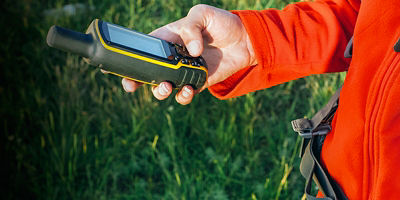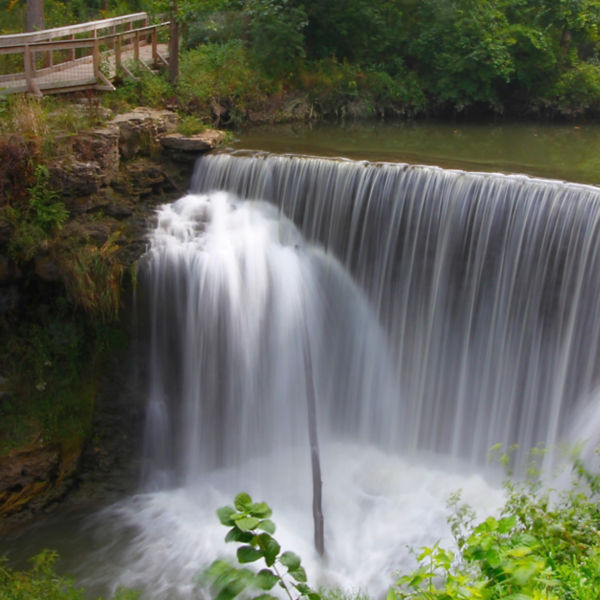
Need a reason to get trekking poles? Here are four. 1) They reduce impact, minimizing aches and pains and cutting down on wear and tear on your joints. 2) They increase stability, especially when you’re hiking with a heavy pack or tackling loose scree, snow, or river crossings. 3) They can be used to pitch tarps and some ultralight shelters. 4) They can become improvised crutches or a splint in an emergency. Here’s how to choose the best trekking poles for you.
In this article, you’ll learn:
- The pros and cons of different shaft and grip materials
- How to decide among fixed-length, adjustable, and folding poles
- The pros and cons of different locking mechanisms
- How to determine the features you need
Materials
The main parts of a trekking pole are the shaft (the “pole” part) and the grip (where you hold it). The materials used on each one have distinct performance and comfort characteristics.
Shaft
There are two choices here.
Aluminum: This is the more affordable, durable option. It’s also heavier, though for most hikers the difference isn’t significant.
Carbon fiber: Ounce-counters might prefer this material (or a carbon composite) for its low weight. But carbon isn’t as strong, so you risk breaking it, and it’s more expensive.
Grip
Pay attention to this choice as the grip affects comfort over long days.
Foam: This is a common grip material, as it’s cushy to hold, affordable, and lightweight. But this type soaks up moisture (like sweat).
Cork: These grips are moisture resistant and dry quickly, so they won’t get sweated out—but they cost more.
Rubber: This material is used on winter poles. Rubber is hard and doesn't absorb moisture, which can cause friction and blisters on bare hands, but this doesn’t matter if you’re wearing gloves.























